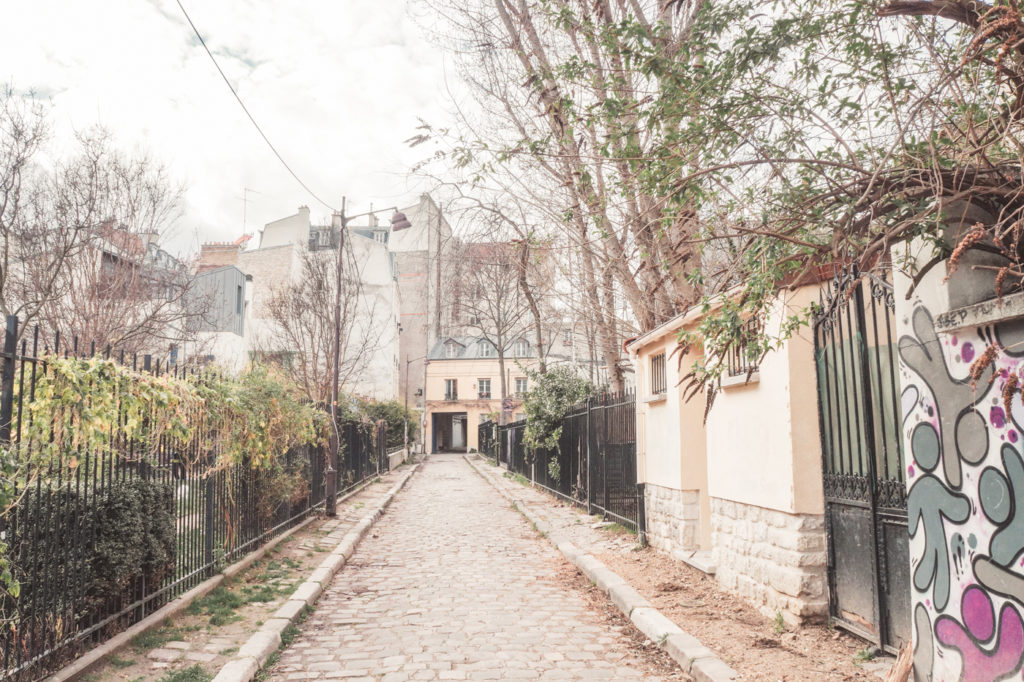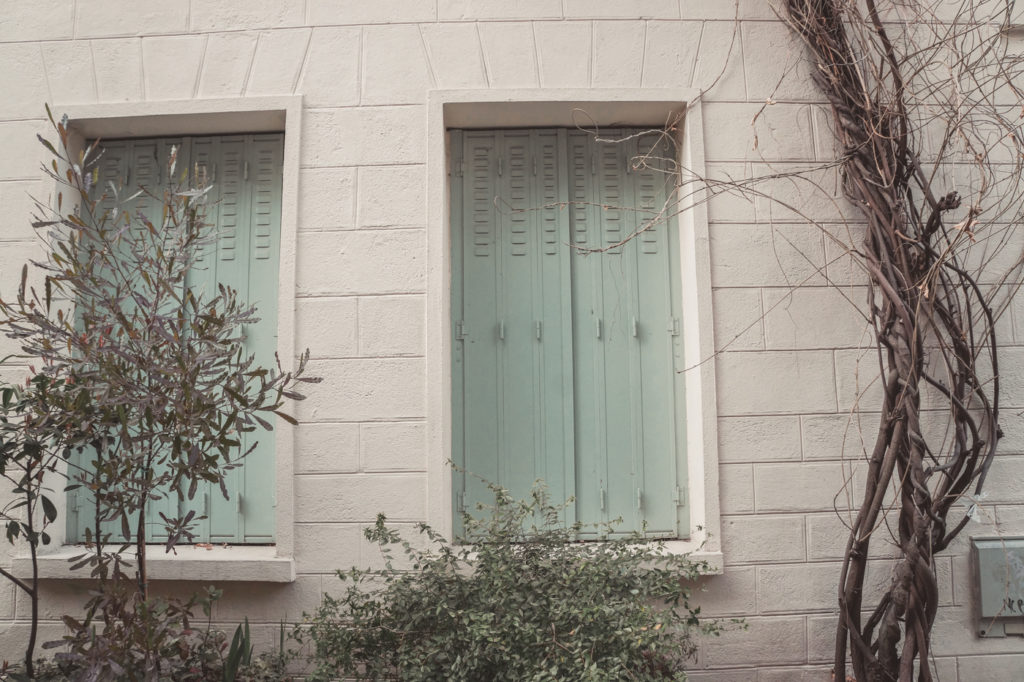Rue des Thermopyles

If you think that Paris, apart from Montmartre, is nothing but a bustling city without a trace of country life, you are mistaken.
Anyone who has melted his soles, walking the streets of Paris, like me, will have discovered a few places that offer a ticket to history, where everything looks more like a small provincial town or village.

One of my latest discoveries is the street Rue des Thermopyles, in the 14th arrondissement of Paris, which is a place I visited mainly for two reasons. The first is because the 14th arrondissement was part of my first neighbourhood.
The second reason is certainly its name. Rue des Thermopyles had to be explored by a Greek- for Leonidas and the 300!

Rue des Thermopyles became known in 2006 through the film "Paris Je t'aime". It starts at 32, Didot Street, next to a small square called Square Alberto-Giacometti and ends at 87, Raymond-Losserand Street.
There are houses one to four floors high on the left and right-hand side of the 280-metre street, decorated with an abundance of bison, a climbing plant that makes Rue des Thermopyles a small paradise during spring.


In this alley, which seems to be a dead-end just a few meters from its start (it is not, as long as you go right and continue straight) you will not find shops or spots for tourists. But you will surely notice bicycles and cats, adding extra charm to this cobblestone passage that seems to have remained so untouchable from the past.

Rue des Thermopyles was a private road until 1959 when it opened to the public. It was named after the former landowner, from the Battle of Thermopyles, between the Greeks and the Persians in 480-479 BC. It is said that they gave this name to the street because it was as close as the passage of Thermopyles in Greece. The Greek historian Herodotus says it was so close that only one chariot could pass in one direction at a time.

The Persians could not fight together in this strait. Those who were trying to pass fell dead. Most probably the Greeks would have defeated the numerous Persian forces in this intelligent manner if Efialtis hadn’t led the Persians from the other part of the mountain. When Leonidas found out that in a few minutes everyone would be surrounded, he ordered his allies to leave. 700 Thespians, 300 Spartans and 400 Thebans (according to Greek historian Ploutarch) remained to fight on two fronts. In this battle, everyone was killed. Their death, however, remained in history as a brilliant example of self-sacrifice and self-denial, while the Battle of Thermopyles is one of the most important battles in Greek and world history.
I visited Rue des Thermopyles on an autumn afternoon, and whilst wandering around, I knew I had to return during spring so as to be flooded by the scents of the blossoming plants.
*All images by Polina Paraskevopoulou


